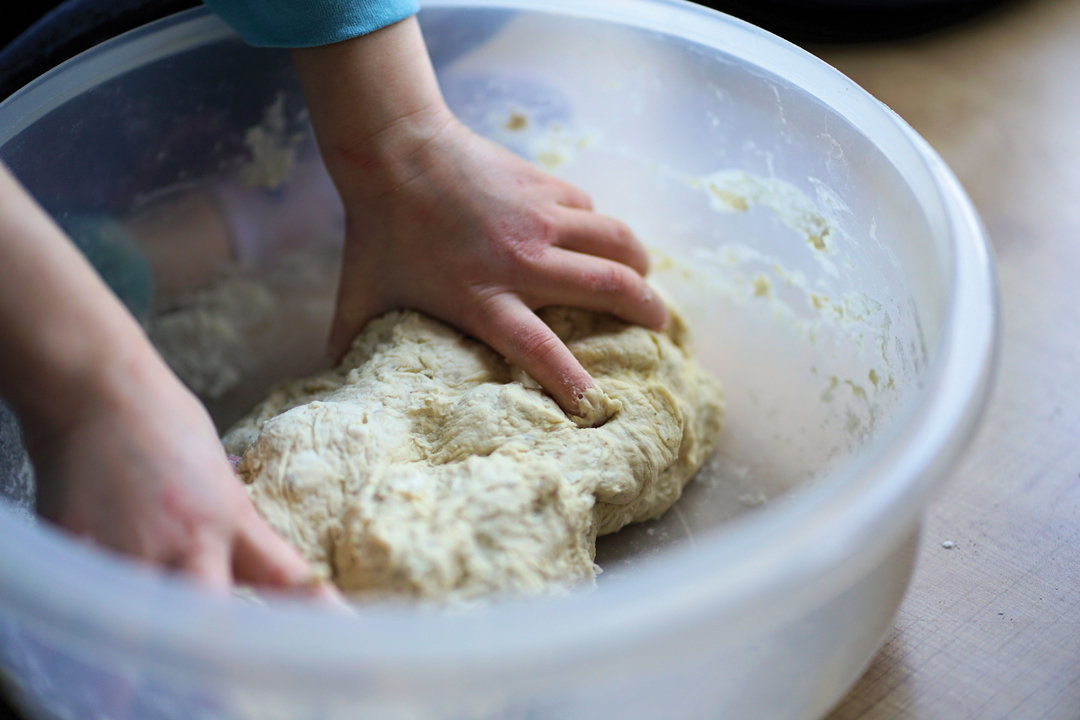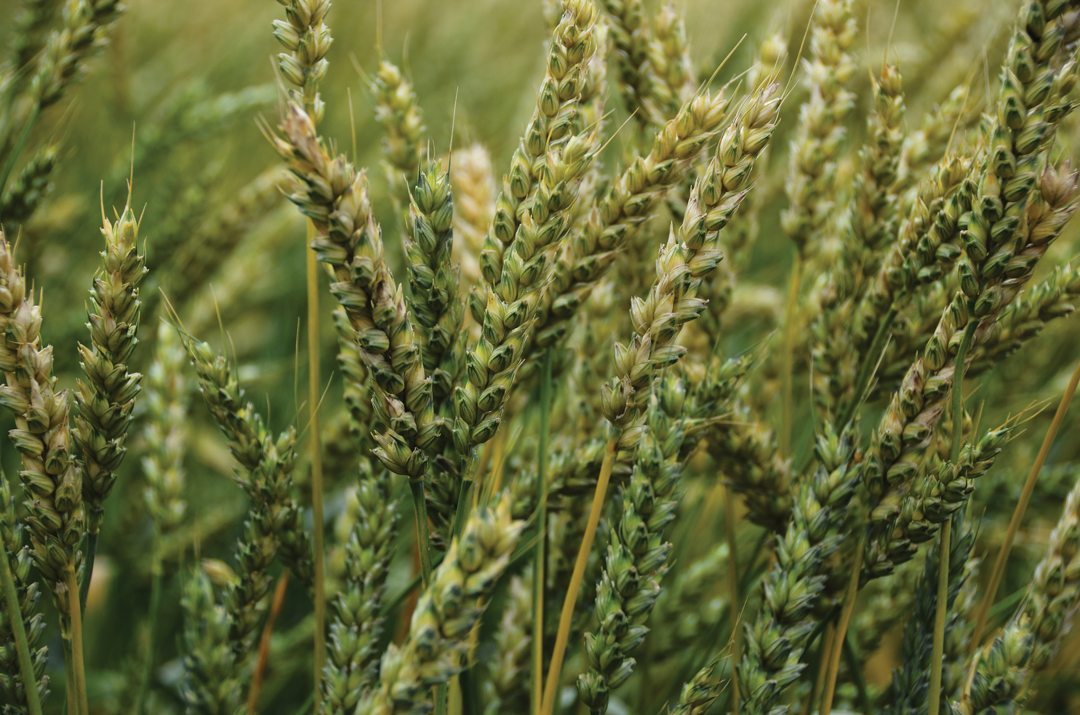BREAD FACES SODIUM SCRUTINY
BY ELLEN PRUDEN • PHOTO BY PIXABAY
Around the world, food is under the microscope to meet health trends and government regulations. This includes the demand for baked products to contain lower salt levels.
Too much sodium can cause health concerns. Several countries have implemented reduced salt baking formulations. However, salt plays an intrinsic role in baking. It improves gluten strength, dough handling properties and loaf volume.
Until now, limited information has been available on how Canada Western Red Spring (CWRS) wheat varieties react to reduced salt levels in the baking process. Cereals Canada examined this in a three-year research project with funds provided by the Canadian Agricultural Partnership AgriScience Program.
“We did extensive research at Cereals Canada labs to investigate if CWRS varieties would display excellent or good baking functionality, regardless of salt levels and baking process,” said Elaine Sopiwnyk, vice-president of technical services. “Many companies use a blend of wheats in the production of bread, including CWRS, as it is considered a quality enhancer.”
Grain samples were analyzed to identify downgrading factors that could potentially impact end-product quality. The research mimicked testing routinely carried out in flour mills around the world and included moisture, protein, falling number, wet gluten and gluten index analysis. Wheat varieties studied included AAC varieties Brandon, Cameron, Starbuck, Wheatland and Carberry. The control variety for the study, Carberry, is also the benchmark for the minimum acceptable level of gluten strength in CWRS varieties.
Once the analytical tests on the wheat were completed, the samples were sent to the Cereals Canada pilot mill to be cleaned, tempered and milled to produce straight grade flour. Extraction levels were calculated and the samples were tested for moisture, protein and ash content as well as starch damage. The physical characteristics of the dough produced by each variety were also tested. These included factors important in the baking process such as
extensibility, viscosity and water absorption. Finally, the CWRS flours were used to bake traditional white loaves known as pan bread. This was done on a pilot scale using two baking processes at two salt levels.
Sopiwnyk noted the results from the baking trials found all five CWRS varieties performed well. “CWRS is a high-quality wheat that customers require,” she said. “With a strong but mellow gluten, the dough has a good balance of elasticity and extensibility.
“CWRS produced consistent loaves using traditional and reduced salt formulations. This result allows our customers to continue to purchase CWRS and have the confidence to incorporate the new reduced salt baking formulation into their end products. As various countries move forward with salt reduction strategies, Canadian farmers can be assured CWRS will continue to meet the high expectations of global customers and bakers will continue to maximize the benefits of CWRS in their end products.”
SHOCKING BREAD
The shock test is used to evaluate the fermentation or processing tolerance of dough. A pan of fully proofed dough is dropped from a height of approximately five centimetres. This mimics conditions the dough is subjected to on the bakery production line. Weak dough noticeably collapses while strong dough does not.
The test was applied to dough samples analyzed for the reduced salt research project. Throughout the baking process several parameters were evaluated in the shocked bread, including mixing time, dough handling and fermentation tolerance—a dough’s ability to withstand variations of timing and temperature during fermentation. After baking, the team assessed the loaves based on several factors such as loaf size, loaf shred and crumb colour to produce an overall bread score.
Ellen Pruden is Cereals Canada director of communication.







Comments